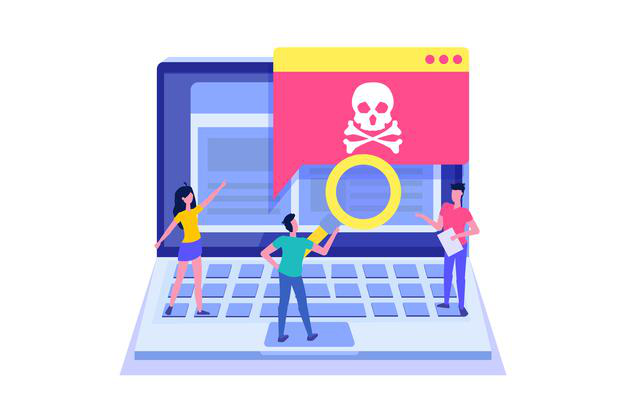THE ULTIMATE GUIDE TO WEBSITE MALWARE REMOVAL
Every website is susceptible to malware, which is malicious software designed to compromise and run a website without the owner's approval. Malware can be of various types that include worms, computer viruses, and spyware, among others. In case your website is compromised by one or more malicious programs, the only way is to seek website malware removal solutions to salvage your website.
If you do not act fast, you will risk losing critical information from your website. Website malware steals vital information, such as credentials and payment information. Therefore, if your website is compromised, make sure you move fast to get rid of the malware attack.
You can do several things to prevent your website from attack by malicious programs. These include:

Educate your website’s users
Your website will get many users every day, and without proper guidance, they may fall prey to malware attacks. That is why you should take it upon yourself to educate your users on how they can avoid malware. Think of an effective way to educate all the users to make sure they steer away from programs that can ruin your site.
Scan your website regularly
Another way to protect your site from malware attacks is by performing routine scans. You can use a website malware scanner to check whether any malicious programs are running. This will effectively protect your website, users, and customers.
Secure your network
Since you use network daily, you can protect your website by securing your network first. Most malware attacks get through to your site by compromising your network. So, ensure you use firewalls, IPS, and VPNs to keep your network safe from malicious attacks.
Perform regular back-ups
Since you may never know when your website will be attacked by malware, it is critical to perform regular verified back-backup of your data. This way, you will not lose any of your data or go through costly data recovery methods that may affect your business.
Tips for Website Malware Removal
There have been numerous website malware attacks for many years that have caused enormous losses for many companies. Some companies have even closed down entirely because they have been unable to pick up the pieces after such malicious attacks.
So, if you have been attacked, the following tips will help you eliminate the malware.
1. Scan your audit logs
Before you begin the website malware removal process, you need to analyze your site first to check whether there are any recent changes such as password changes and new user accounts. Make sure you use the best website malware scanner to determine what changes have occurred.
2. Employ the Sucuri plugin to eliminate the program
Once you scan your site and know the hacker, you can follow the following steps to remove it.
- Go to the secure security link on your dashboard and click the core integrity area.
- Select the modified and removed files and restore them
- Agree to the provided terms and conditions, then click the proceed button
- Select all added files and delete
- Repeat the process until you eliminate the threat.
3. Hire website malware removal experts
If you are not conversant with the technical terms and cannot eliminate the malware, do not worry.
There are numerous malware removal experts you can hire to do the cleaning for you. This is especially important if the hacking is substantial and has affected your entire website.
A professional malware removal expert will know how to remove viruses from websites and diligently clean up your site. More so, the professional will employ safety features to safeguard your site from future attacks.
What are the signs/symptoms of the presence of malware?
Various things may indicate a malicious program has attacked your website. These include:
- Slow down of your programs, internet connection, and website
- A sudden decrease in disc space
- Redirections to new sites
- Strange programs/messages that keep popping up
- A turned off or disabled antivirus program.
- Strange changes in your website's homepage
If you notice any of these signs/symptoms, you should think about scanning your website immediately using a free malware checker. Also, make sure you back-up your data as frequently as possible to avoid losing important data in case of attacks.
Since you now know how to stay safe from website malware attacks, it is time to take action. The best way to be safe is by being ready for attacks. This means that you have to protect your website from future attacks by undertaking optimal preventative measures.





